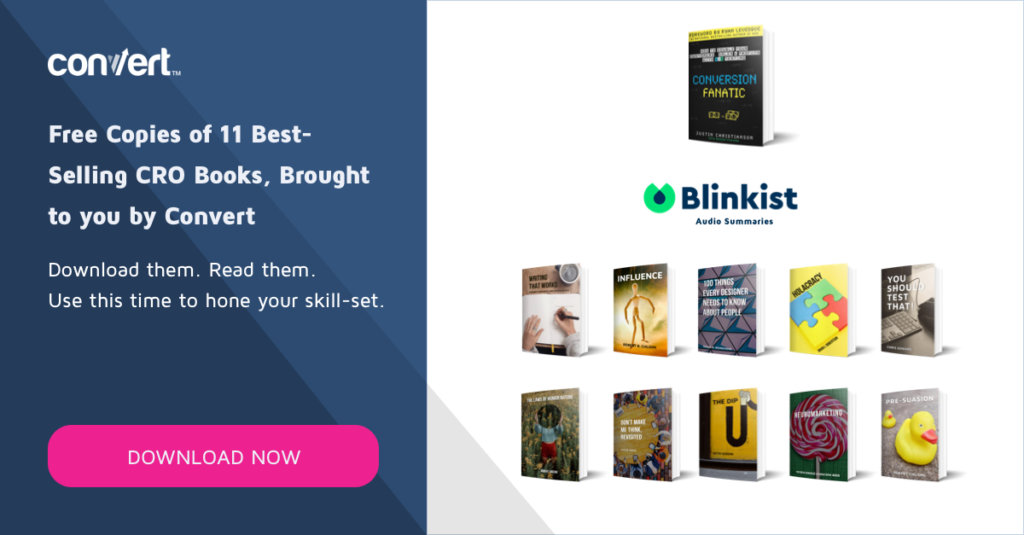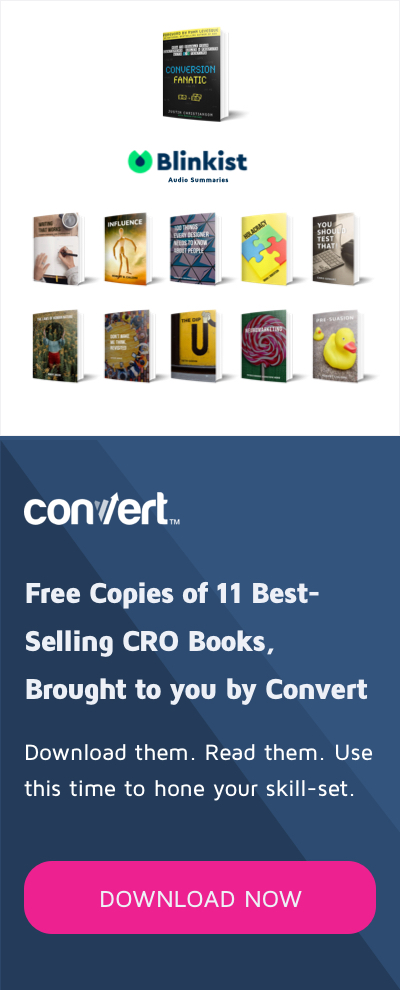3 Proven Ways Tracking SaaS Customer Behavior Can Drive Growth
Every single day, your SaaS customers provide you with an incredible amount of data on their behavior with your products, services, and business. This data can offer a plethora of insight on everything from their purchase and usage patterns to their payment trends, churn rates, and more.
By effectively monitoring and tracking this data, your business can develop meaningful ways to drive growth on multiple levels, including:
- building your current customer relationships to extend your customers’ lifetime value,
- evolving your processes and products in line with the wants and needs of your best customers, and
- fine-tuning your ideal customer profiles (ICPs) to more effectively acquire the types of customers that will benefit most from your products and services. These are the users who are more likely to stick with you over the long-term.
The following provides a detailed look at these growth areas; each of which can be unlocked by tracking and analyzing your customers’ behavior.
1. Building customer relationships to extend lifetime value
Modern devices and systems collect a ton of information you can use to optimize your data analysis. For example, a SaaS business can use a comprehensive subscription billing service to not only satisfy its SaaS billing needs, but also to perform subscription management, including data collection and reporting.
Based on product usage and product needs, SaaS businesses can investigate why certain groups of customers have higher churn rates or higher lifetime value (LTV) than others. The first step in this process—if you haven’t already—is to segment your customer base by cohorts.
A cohort consists of a subset of customers that possess similar characteristics. These can be used to establish an activity baseline. For example, a highly informative cohort to monitor is the activation cohort, or a collection of billing entities that became customers during the same calendar month.
For this type of application, monitoring sales activity occurring in these cohorts over the course of their lifecycle enables you to accomplish the following:
Compare the effects of sales churn and customer churn
In an article on the ten best metrics to spur SaaS growth in 2020, Josh Fechter cites continuing to bring in sales while retaining current customers as key to generating the cash flow necessary to spur growth. To do this, he stresses the importance of focusing on a core set of SaaS metrics and KPIs such as MRR, CLV, retention rate and active users to create sustainable growth.
With regard to churn rate, Fechter suggests prioritizing keeping current customers given that obtaining new customers is more expensive. As a result, keeping the churn rate low, if possible below the average annual rate of 5% to 7% for SaaS companies, is crucial.
Companies with a B2C model or a B2B model where they sell to small businesses usually have higher churn. Meanwhile, SaaS companies with enterprise-level clients should always expect an extremely low customer churn rate.
Any subscription billing process, no matter how successful, will experience churn. To attempt to mitigate churn as much as possible, it’s critical to monitor the quality of the customers who downgrade or discontinue use of your product. You can track this via monitoring activation cohorts.
For instance, if overall sales are robust or growing, even with rising churn within a cohort, it typically indicates your strongest customers within that cohort are sticking with you and even increasing their business as other customers are leaving. This demonstrates the importance of identifying and carefully nurturing your best customers in that grouping to boost retention and expand MRR.
Track trends related to second month and annual retention rates
By tracking your churn rates for both newer and older customers, you can put your company in a position to increase sales volumes. To accomplish this, start tracking sales churn at the earliest possible time.
Then, find the subscription month or months in which you’re experiencing the highest churn ratio. Target these cohorts as the point which gives you the best chance of mitigating churn. You can then set up a customer satisfaction program for that month.
Gauge the proportion of today’s sales volume coming from historical customers
Tracking activity by activation cohorts enables you to segment sales volumes from specific cohorts by historical customer groups from previous months. From this data you can gain valuable insight on how much of your sales volume is being generated by your newer subscribers versus older ones.
In addition to giving you more insight into where to focus your relationship nurturing efforts, tracking this data enables you to benchmark percentages of sales volume expected from your customer base in the current quarter and track how this percentage varies on a year-to-year basis.
Take measures to alleviate churn
A rise in your churn rate can lead to significant declines in sales volume. On the other hand, boosting your sales retention rate can substantially increase sales volume on an annualized basis.
To help reduce sales churn, keep in touch with your larger clients to attend to any service requests they may have. Additionally, incentivizing your customers to renew their subscription is a tried-and-true method for minimizing sales churn.
Other steps you can take include establishing usage-based fees to link a customer’s success to higher sales volumes and reinforcing the value your products offer in client communications.
Finally, while most free trials require that users provide a credit card to sign up, using trials that don’t require credit cards can also help reduce churn (hint: like Convert). Trial participants who then become customers are less likely to churn because they are adding their payment info specifically to pay for the product, rather than just to try it.
2. Evolving processes and products to serve customer preferences
Using customer data, including preferences and behavioral patterns, to adapt your products and processes is an organic way to position your company for growth. This approach is commonly described as product-led growth (PLG).
An example of a PLG initiative is the use of free trials to give end users the ability to try a product before purchasing it, thereby boosting the product’s perceived value. And the usage data gleaned from these trials can bolster a SaaS company’s delivery of experienced value.
By reviewing data reports of the features both trial and paid customers use most, you can gain valuable data about which aspects of your product are working well and which need improvement. Customer feedback and surveys are another way to obtain this useful information, and to determine exactly how to evolve your business to suit the demands of your users and the market as a whole.
The PLG phenomenon has made SaaStock’s list of the top 10 SaaS trends for 2020. There are several reasons for its popularity.
- PLG minimizes customer acquisition costs as customers learn about the product themselves and decide whether to purchase it.
- PLG cuts churn as SaaS customers who make their own decision to pay for a product are more likely to stick with it.
- Customer-led onboarding reduces the time and effort normally required to educate customers about product usage.
- PLG boosts monthly recurring revenue (MRR) via up-sells and cross-sells as self-led customers are more likely to be motivated to expand their use of a product.
It also promotes faster growth as businesses using the PLG approach can scale more rapidly than the competition due to reduced churn, greater revenue, and less resource usage.
The lessons you can learn from tracking SaaS customer behavior in the form of product usage, survey feedback, free trials, etc. can provide powerful fuel for your company’s growth without costing an arm and a leg. By using customer behavior to drive product development, you improve the pace and quality of your product evolution while lessening the amount of resources required to take your company to the next level.
3. Fine-tuning ideal customer profiles to boost acquisition
Analyzing data about your customers enables you to form a valuable picture of the characteristics of your best customers. These “ideal” customers are not only more prepared to buy your product, but they are also highly likely to use it successfully and serve as referral sources.
You can use the ideal customer profiles you create for the following purposes:
Target high-quality leads
By making your customer profiles as specific as possible, you can more narrowly focus your marketing efforts, helping you attract quality leads who are more likely to purchase.
Achieve sales objectives more efficiently
Identifying and targeting high-quality leads enables your company to close deals more quickly and with less expense. This approach avoids expending time and resources trying to sell your product to a broader audience of lower-quality leads.
Increase customer LTV
Using ICPs helps facilitate the customer onboarding process because you already know they’re a good fit. And customers that are a good fit are more likely to stick around, boosting average customer LTV.
Boost referrals
Creation of ICPs helps your company target and sign-up customers who truly appreciate your product. Because of this, these customers can serve as good referral sources as they come into contact with like-minded customers, or if you approach them to act in this capacity.
Looking for an A/B testing tool to boost acquisition? Check out Convert Experiences, it’s free to try for 15 days!
How to Create ICPs
The following steps can be used to create and fine-tune your ideal customer profiles:
- Analyze the data and details on your top customers to create descriptions of your ideal customers—those that are receiving a tremendous benefit from your product and are contributing positively to your annual recurring revenue (ARR). Look for commonalities among these top users. This could be industry segment, geographical location, number of employees, ARR, or any other feature they have in common.
- Survey your top customers: The next step is to contact your best customers. Whether directly through a phone call or email, or indirectly through customer satisfaction surveys, gain more information about their experience with your product. Ask them questions designed to determine:
- how they heard about your company
- how they make purchasing decisions
- what they like about your product
- what pain points it solves for them, and
- why they decided to purchase.
- Use the information you acquire to identify specific characteristics that stand amongst your best customers. These traits should be found in a number of your top customers. Use them to construct your ICPs.
Converting SaaS customer behavior data into success
SaaS companies can implement growth-driving efforts and boost their chances of success by proactively tracking customer behavior data.
Analyzing this data in conjunction with KPIs—such as CLV and churn rate—and putting it to use to hone ICPs enables companies to improve their service to existing customers, reduce churn rates, and target their marketing and sales acquisition efforts more effectively. This combination can help drive growth and scale by reducing the cost of bringing in new business while simultaneously increasing the quality of active customers.
Written By
Daniella Ingaro

Edited By
Carmen Apostu


